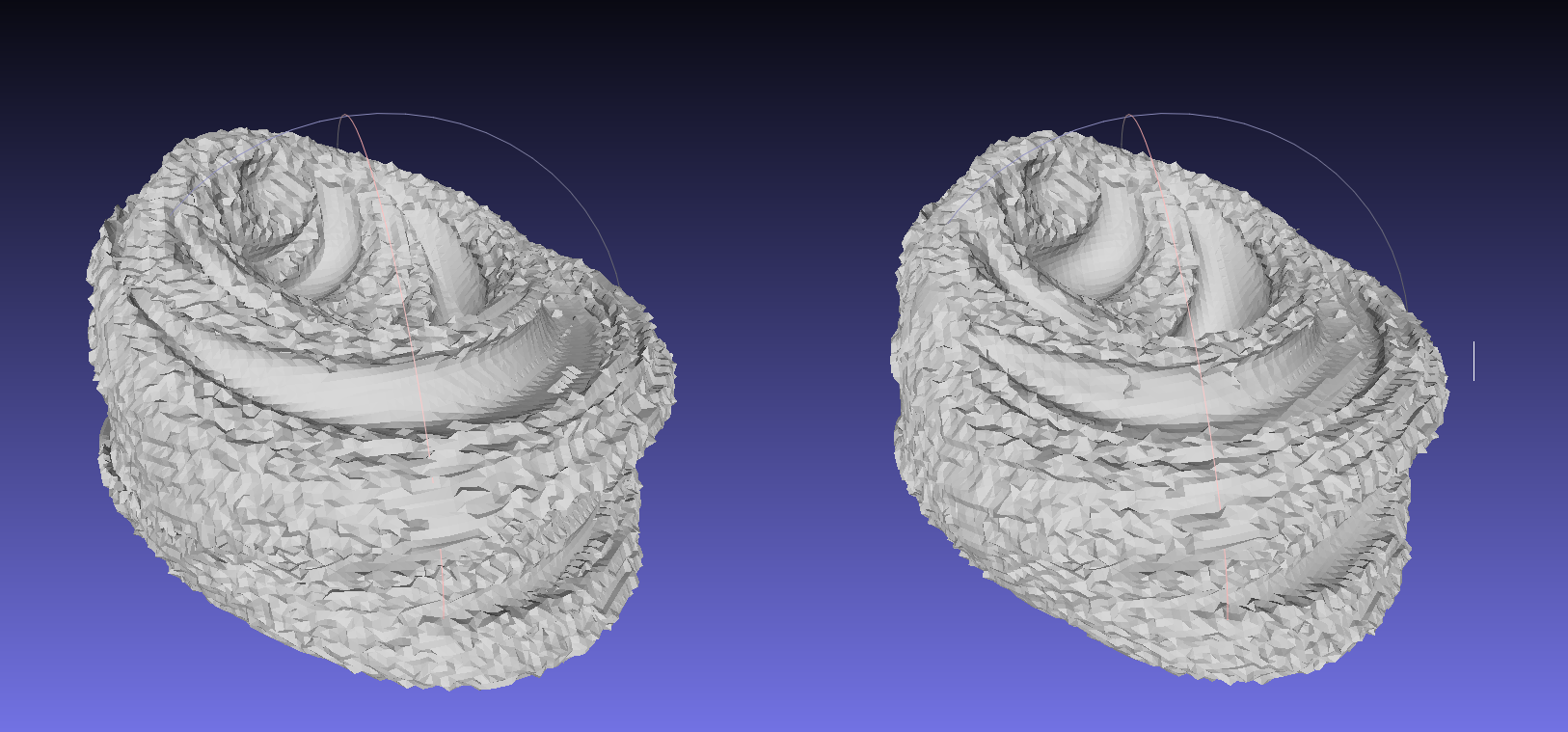Does anyone here have experience with transfer learning?
I found Berak's work here:
https://berak.github.io/smallfry/transfer.html
and here:
https://answers.opencv.org/question/191359/ml-svm-k-nn-image-recognition-examples-in-c/#191374
However, I am trying to teach the network not image classification, but rather the quaternion multiplication operation. Does your favourite transfer learning method support input and output with larger range than just 0 through 1?






